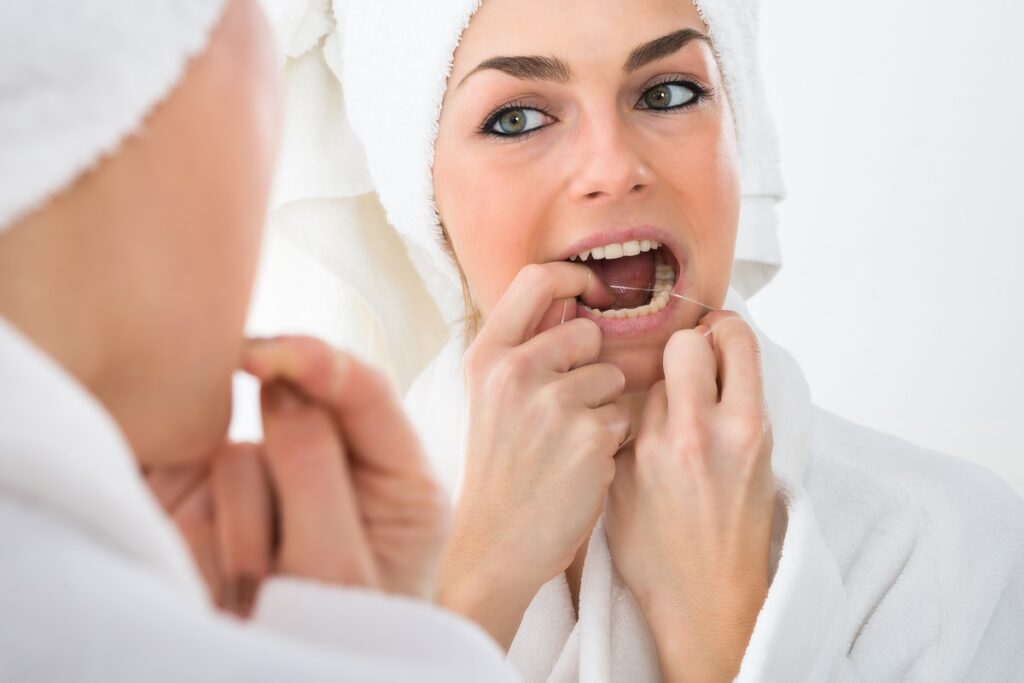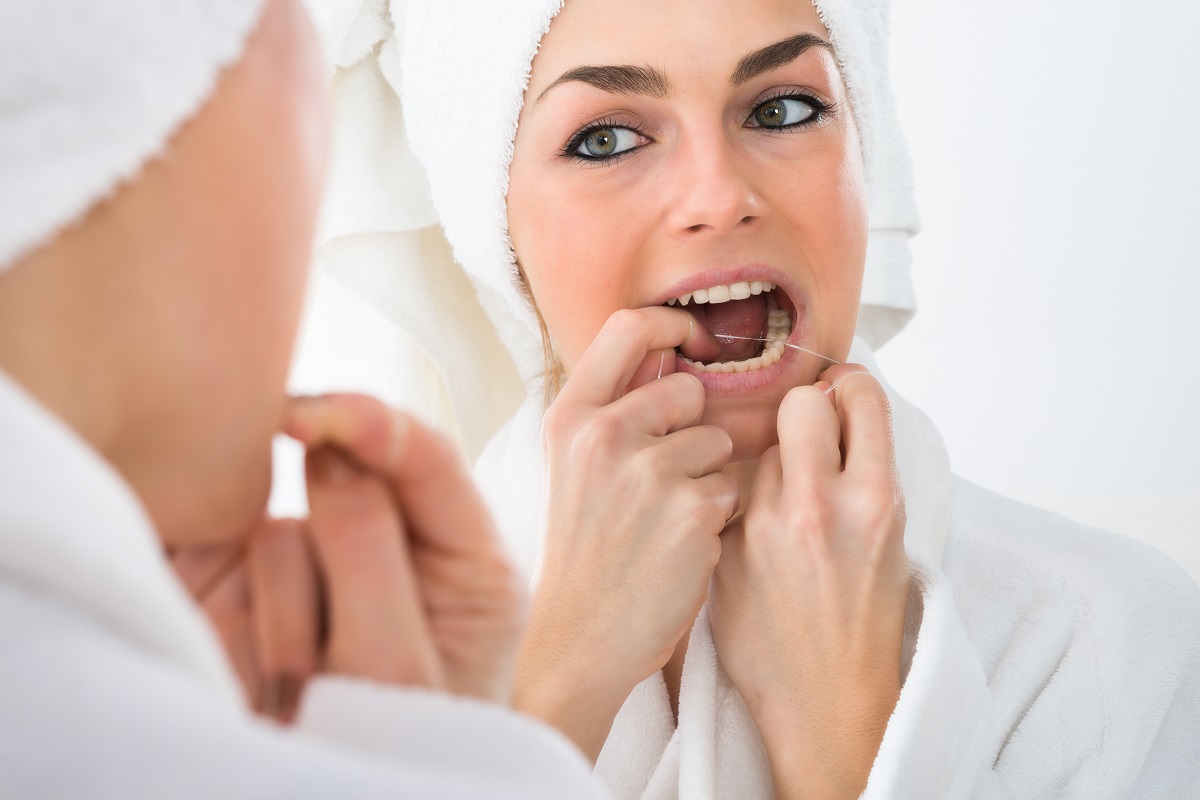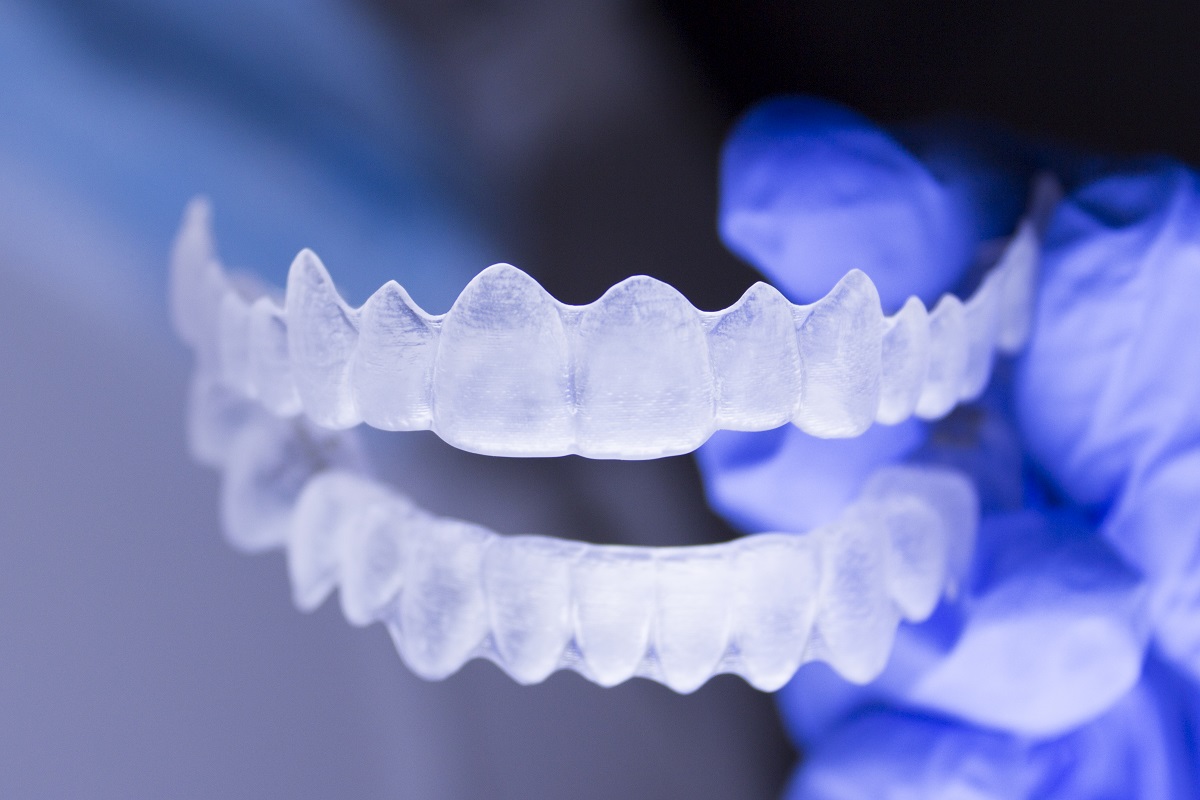- Teeth shifting can be caused by age-related changes, poor oral hygiene, dentures, grinding teeth, and the natural growth of new teeth.
- Risks associated with tooth shifting include gum disease, tooth decay, speech problems, bite issues, difficulty chewing and speaking, and tooth loss.
- Treatments for teeth shifting include dental implants, bridges, dentures, braces, clear aligners, and retainers.
- Prevention tips include practicing good oral hygiene and visiting the dentist regularly for checkups and cleanings.
- Seeking professional help early is essential to prevent complications.
Have you ever noticed that your teeth are slightly crooked or have shifted positions over time? This is common for many people, even those who have had braces.
The process of teeth shifting can occur for various reasons, from natural aging to poor oral hygiene. This blog post will explore the causes of teeth shifting, its associated risks, and the treatments available to prevent or correct it.
Causes of Teeth Shifting
Teeth shifting can be caused by several factors. One of the most common causes is age-related changes in the jawbone structure, leading to teeth shifting. Over time, the jawbone changes, leading to bone loss that affects the teeth’s stability.
Also, poor oral health can cause gum disease, weakening the teeth’ attachment to the jawbone, causing them to shift. Other common causes include wearing dentures, grinding or clenching teeth, and the natural growth and development of new teeth during childhood and adolescence.
Risks Associated with Teeth Shifting
When teeth shift, it can cause various complications, including gum disease, tooth decay, and speech problems. Crooked teeth are also harder to clean, which can lead to a buildup of plaque and tartar, increasing the risk of tooth decay and gum disease.
In severe cases, tooth shifting can lead to serious oral health problems like bite problems, difficulty chewing and speaking, and even tooth loss. It is essential to address teeth shifting early to prevent these problems from occurring.
Treatments for Teeth Shifting
The treatment required for teeth shifting depends on its severity and the underlying cause. Here are the common treatments available:
Teeth Replacement Solutions
Tooth loss can significantly contribute to teeth shifting, but there are tooth replacement solutions for one or more missing teeth, including dental implants, bridges, or dentures. Dental implants are preferred because they mimic the natural tooth’s structure.
A titanium screw is placed into the jawbone to act as the tooth’s root, then a crown, bridge, or complete denture is attached to give it a natural look. Dental bridges, on the other hand, can be slightly uncomfortable, but the results are quick because they help fill up the gap left in your mouth. A complete denture can be preferable if many teeth are missing.
Braces
Braces are the most traditional and recommended option for treating teeth shifting. The orthodontic device helps to straighten the teeth by applying force to the teeth for an extended period.
Usually, braces are worn for one to three years, depending on the severity of the case. Braces have improved significantly over the years, and modern braces are even less noticeable and more comfortable than traditional ones.
Clear Aligners
Unlike braces, clear aligners are almost invisible and removable. This makes them attractive for adults who prefer to keep a low profile when using teeth-shifting solutions. However, they may require more stringent adherence to usage instructions compared to braces. Clear aligners also take a more extended period to fix teeth shifting than braces, which give faster results.
Retainers
After wearing braces, retainers are used to maintain the new position of the teeth. Teeth may tend to move back to their original work. Retainers help prevent this from happening. Retainers can be fixed or removable and are worn for up to two years and they are also an ideal option for those who have undergone dental implant treatment.
Prevention Tips
Several measures can be taken to stop teeth shifting or prevent it from getting worse. Here are the best preventive tips:
- Practice good oral hygiene, including brushing twice daily and flossing once daily.
- See your dentist regularly for checkups and cleanings.
- Avoid chewing on hard objects like ice or pencils.
- If you grind your teeth, consult your dentist about getting a custom-fitted mouthguard.
- Eat a balanced and nutritious diet.
- Avoid using tobacco products.
- Limiting sugary drinks or snacks is also beneficial for maintaining oral health.
Final Thoughts
Teeth shifting is common and can cause numerous oral health problems if left untreated. The causes of teeth moving include age-related changes in the jawbone structure, poor oral hygiene, and other factors like wearing dentures or grinding teeth.
Fortunately, several treatments are available to correct or prevent tooth shifting, depending on the cause and severity of the problem. Seeking professional help early is essential to prevent complications and avoid more invasive treatments. Schedule regular dental checkups to maintain optimal oral health and prevent tooth shifting and other oral health problems!


